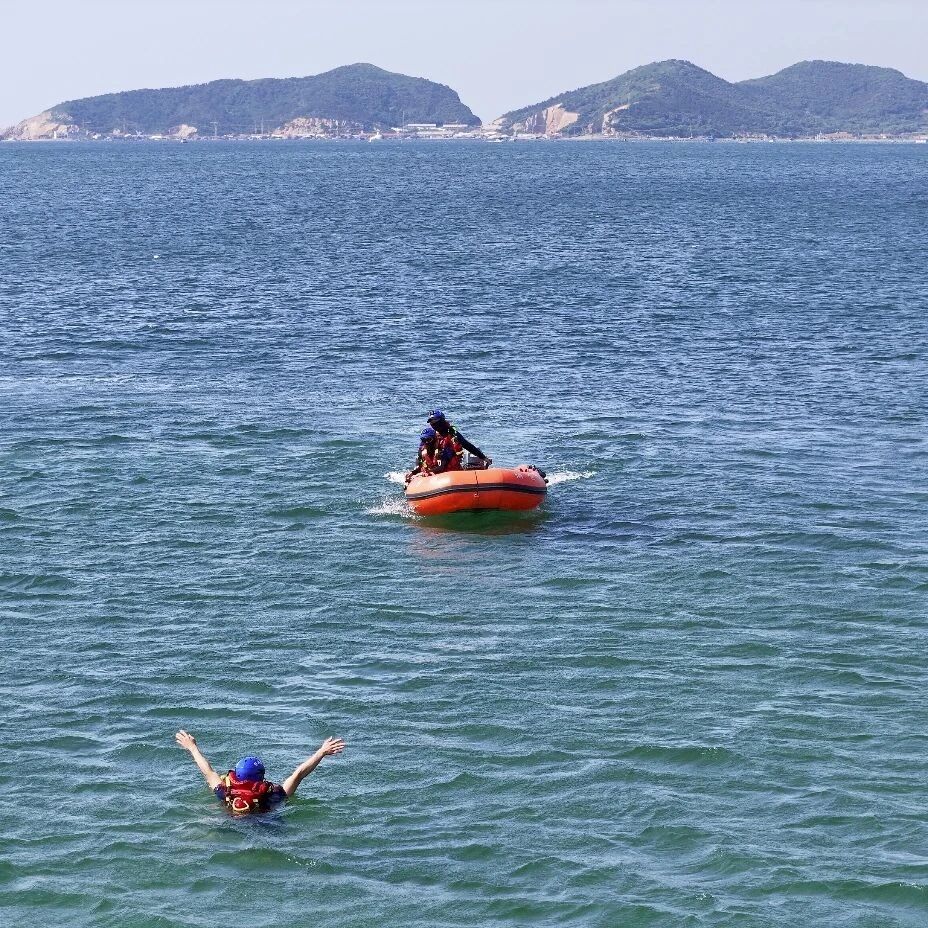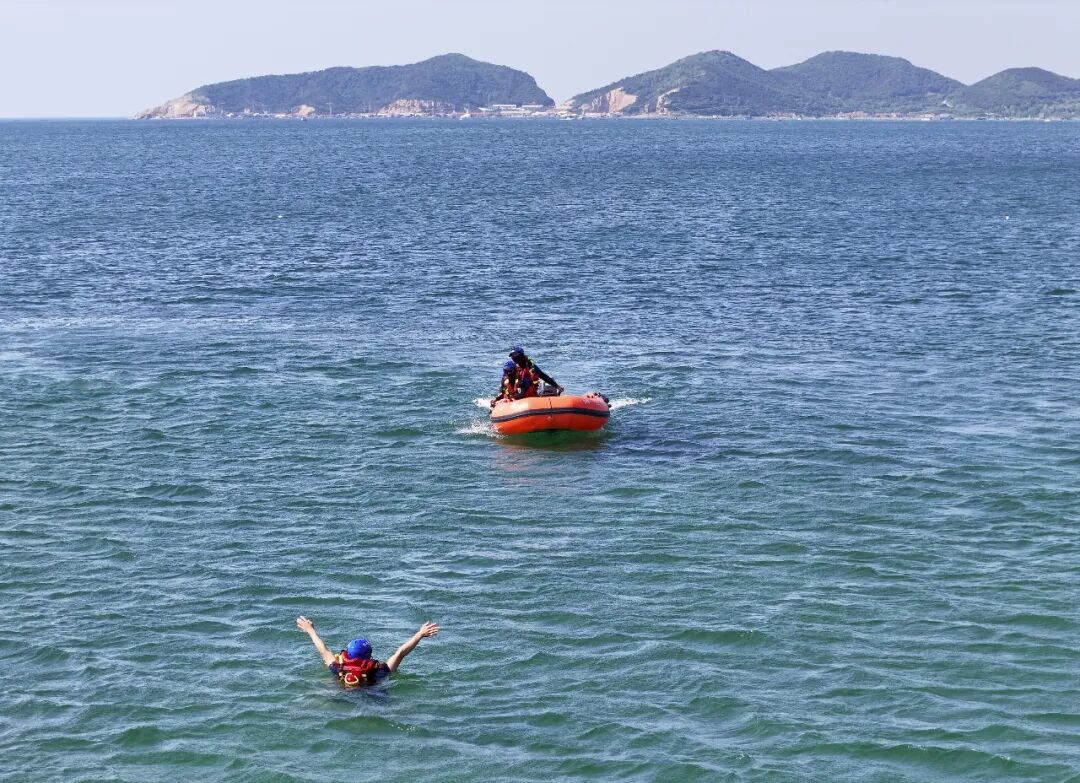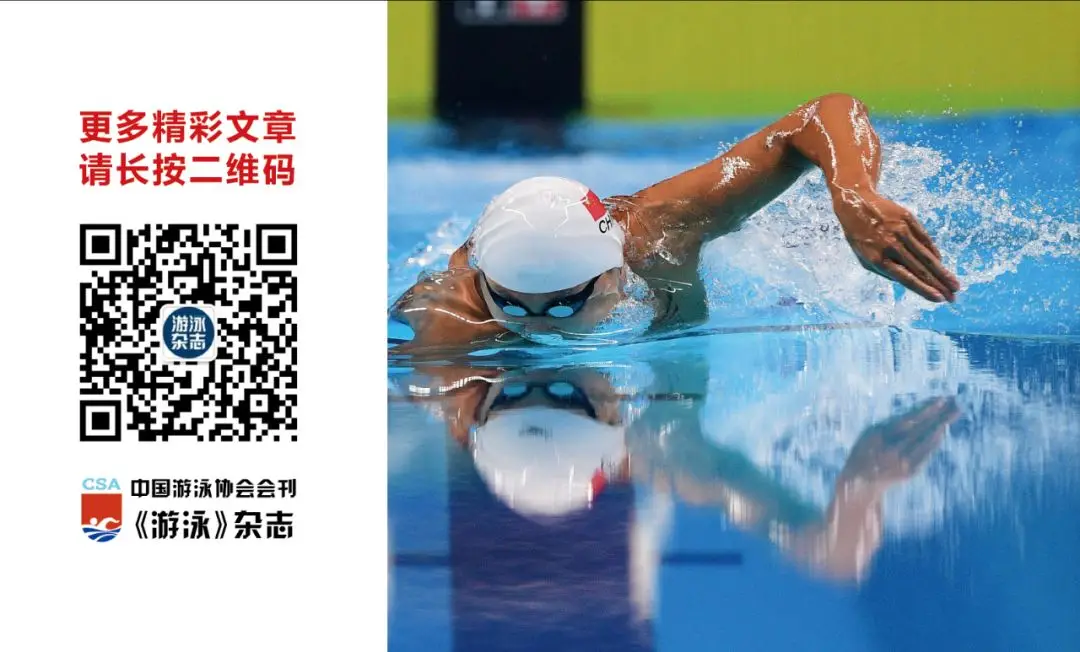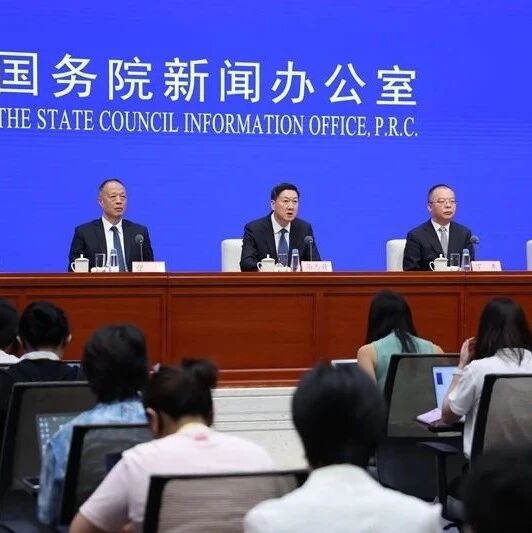Notice from the Swimming Center of the General Administration of Sport on Strengthening Public Swimming Safety Management and Promoting Drowning Prevention Among Youth



Swimming Document [2025] No. 286
To all relevant units:
To uphold the important instructions and directives of General Secretary Xi Jinping on putting the people and lives first, we must elevate our political awareness, fully recognize the critical significance of safety production, and adopt a highly responsible attitude toward the Party and the people. We will resolutely implement the decisions and deployments of the Central Committee of the Communist Party of China and the State Council, thoroughly fulfill the "Three Controls and Three Musts" responsibilities, and strengthen safety oversight for public swimming activities in a more comprehensive and all-encompassing manner. This is essential to effectively safeguard the lives, health, and well-being of swimmers, while fostering the safe and sustainable development of the swimming industry. Therefore, we hereby issue the following notice regarding relevant tasks.
1. Approach safety production work with an attitude of extreme responsibility toward the people.
Safety is the prerequisite for development, and development, in turn, provides the foundation for security. Balancing development with safety is a crucial strategic decision made by the Party Central Committee—with Comrade Xi Jinping at its core—aimed at advancing the great rejuvenation of the Chinese nation. All personnel must firmly establish the concept of safe development, prioritize the interests of the people above all else, and always place safe production at the top of their agenda. It is essential to safeguard the lives and property of the public at all times, keeping the safety of people’s lives as the absolute priority. We must cultivate a strong sense of safety awareness, approaching our responsibilities with an attitude of extreme dedication to the people. With the unwavering commitment of "never feeling fully reassured," coupled with the urgent determination to "remain vigilant at every moment," we must ensure that safety remains the top priority in all our operations. Above all, safety must be the primary goal of every swimming event and activity—no compromises, no shortcuts, and absolutely no risks taken at the expense of safety.
Swimming authorities and associations at all levels must pay close attention, elevate their political awareness, strengthen their sense of responsibility, adopt a proactive "bottom-line" mindset, reinforce risk awareness, overcome complacency, and firmly prioritize safety and prevention efforts. They should enhance their ability to identify, address, and resolve risks, while rigorously reinforcing comprehensive safety management across all aspects of swimming activities.
2. Strengthen safety oversight to build a solid foundation for public sports safety.
Recently, the General Administration has convened multiple meetings on work safety, carefully studying and analyzing the current situation facing safety management in the sports sector, and outlining measures to ensure stability and security in the near term. Previously, the Administration issued the "Criteria for Identifying Major Safety Hazards in the Sports Industry (2023 Edition)." In response, swimming authorities and associations at all levels are urged to align their efforts with the realities of public swimming activities, meticulously refine their requirements based on the criteria, strengthen safety management in the mass sports arena, conduct thorough inspections and remediation efforts, promptly address potential hazards, and proactively prevent and mitigate the occurrence of severe or catastrophic accidents in the mass sports industry.
Swimming authorities at all levels must strengthen regulatory enforcement of sports events, reinforcing the management responsibilities of local governments and the oversight duties of sports administration departments, while holding organizers and implementers fully accountable. Adhering to the principles of "whoever approves is responsible," "whoever hosts is responsible," and "whoever operates is responsible," they should ensure comprehensive supervision and management throughout the entire process of organizing swimming activities, diligently fulfilling their respective safety obligations under the law. Authorities should promptly and accurately monitor event schedules, provide targeted guidance and spot-checks, strictly enforce relevant standards and regulations, enhance safety assurance mechanisms, refine safety action plans, establish a "circuit-breaker" system, and bolster emergency response capabilities. Additionally, businesses and professionals lacking professional expertise—or those engaging in non-compliant practices that lead to safety incidents or negative public perception—will face immediate industry-wide bans without exception.
Organizers of swimming competitions and activities at all levels and of all types—including hosts, organizers-in-charge, and co-organizers—should firmly establish a strong awareness of risk management for swimming events, ensuring that these activities are conducted in a standardized, safe, and orderly manner. They must strictly adhere to all regulations and requirements set forth by the General Administration of Sport Swimming Center and the Chinese Swimming Association, including documents such as the "Management System for Adult Swimming Competitions," the "Management System for Open-Water Swimming Competitions," and the "Management System for Winter Swimming Competitions."
3. Strengthen safety inspections of sports venue facilities and promptly address any potential hazards.
Improve the management mechanism for swimming safety, clearly define roles and responsibilities, and implement comprehensive safety measures for public swimming activities by focusing on areas such as system development, coordinated collaboration, and robust supervision and inspection. Relevant swimming authorities should strengthen their accountability for ensuring the safety of public swimming events. Meanwhile, the Swimming Association and the Lifeguard Association should provide professional guidance and ongoing management to instructors and lifeguards involved in swimming education and rescue operations.
When organizing public swimming events, it’s essential to accurately understand the status of sports venues and proactively coordinate with departments such as housing and urban-rural development, fire safety, and others. Establish a regular communication and collaboration mechanism, including joint enforcement actions, and promptly share information about venues used for swimming events with relevant authorities like housing and urban-rural development and fire departments. Additionally, conduct regular inspections to identify and address potential risks and hazards.
4. Strengthen safety measures for swimming events and eliminate potential safety risks in the competitions.
Relevant swimming authorities at all levels should conduct qualification reviews of event organizers, scrutinizing their credentials for hosting the competition, as well as aspects such as venue facilities, equipment, financial resources, local government support, and the comprehensive "Four Plans" framework tailored for each event. Additionally, strengthen management and requirements for competition personnel, particularly ensuring that the most responsible, highly organized, and experienced staff are assigned to key positions during the event. During the event, officials from relevant departments will be present on-site to oversee preparations, verify the implementation of safety plans, security measures, and emergency response protocols, ensuring that all safeguards are effectively put into practice and potential risks are addressed proactively—before they escalate. Finally, in line with directives from the General Administration, a robust "circuit-breaker" mechanism for events will be established to swiftly address any unforeseen disruptions or emergencies.
Participants in adult swimming events must undergo alcohol testing; those who fail to meet the standard will be disqualified. All competitors are required to have event insurance arranged by the organizer.
5. Strengthen safety management for the operation of swimming pool facilities
Local swimming authorities should guide swimming-related organizations at their respective levels to hold annual education and management training sessions on the opening of swimming facilities, while strengthening safety awareness and pre-employment training for facility managers and staff.
The operation and opening of swimming pool facilities must strictly adhere to the "Administrative Measures for Licensing High-Risk Sports Activities," the "Administrative Measures for the Operation of Sports Venues" (Document No. [2015]36 of the General Administration of Sport), the People's Republic of China National Standard GB 19079.1-2013, "Opening Conditions and Technical Requirements for Sports Venues—Part 1: Swimming Facilities," as well as the People's Republic of China National Standard GB 37489.3-2019, "Hygiene Design Specifications for Public Places—Part 3: Artificial Swimming Pools." Any units found to be non-compliant with these standards must be ordered to immediately address identified safety hazards; under no circumstances should facilities deemed unfit for operation remain open.
Provincial and municipal swimming associations and lifeguard associations should strengthen training efforts for pool lifeguards and regularly organize refresher courses for lifeguards.
6. Actively strengthen efforts to prevent drowning among youth
As summer approaches, it also marks a peak period for drowning incidents. To do our utmost to reduce the number of drowning cases among teenagers and effectively safeguard people's lives, we urge swimming administrative departments, swimming associations, and lifeguard organizations across regions to strengthen their awareness and thoroughly implement General Secretary Xi Jinping’s important instructions on putting "the people first, and life above all else." It is crucial to fully recognize the serious challenges currently facing youth drowning prevention efforts. With a sense of responsibility that leaves us "never truly at ease," we must prioritize the safety of young lives above all else. Collaborating closely with local education authorities and community groups, we should intensify drowning-prevention education and awareness campaigns—bringing them directly into schools and communities. At the same time, we must ensure that these outreach efforts are both standardized and scientifically sound, tailoring strategies to local conditions while focusing specifically on equipping teenagers with the knowledge and skills they need to stay safe near water.
Please carefully implement the spirit of the document in light of local conditions, organize and carry out the requirements diligently, and strive to ensure the safe conduct of public swimming activities.
National Sports Administration Swimming Center
June 9, 2025



Related Articles

2025 Canadian Swimming Championships – Women's Events

The China State Council Information Office holds a series of thematic press conferences on "Promoting High-Quality Development" (State General Administration of Sport).
